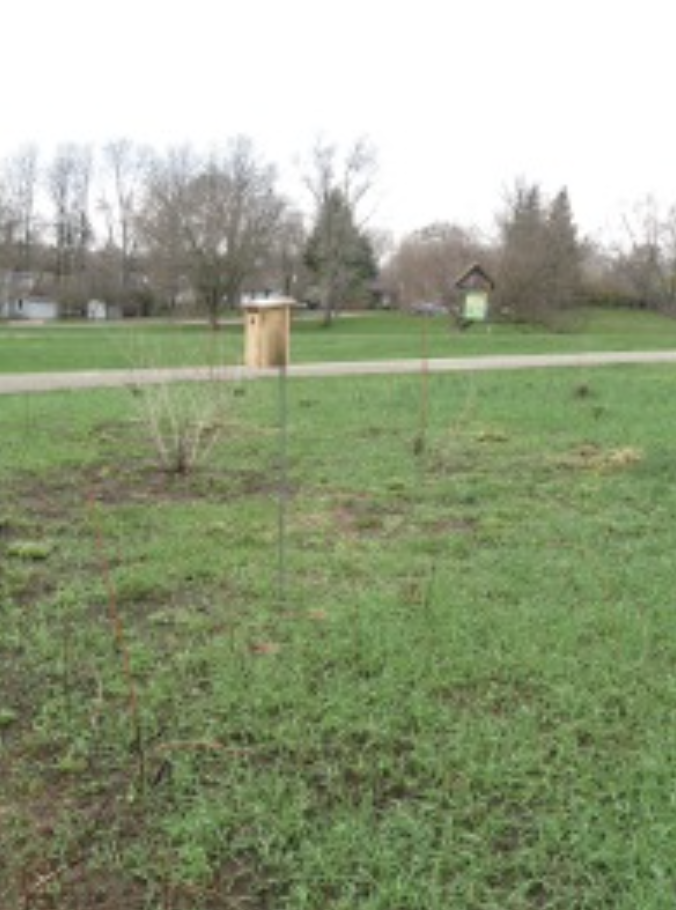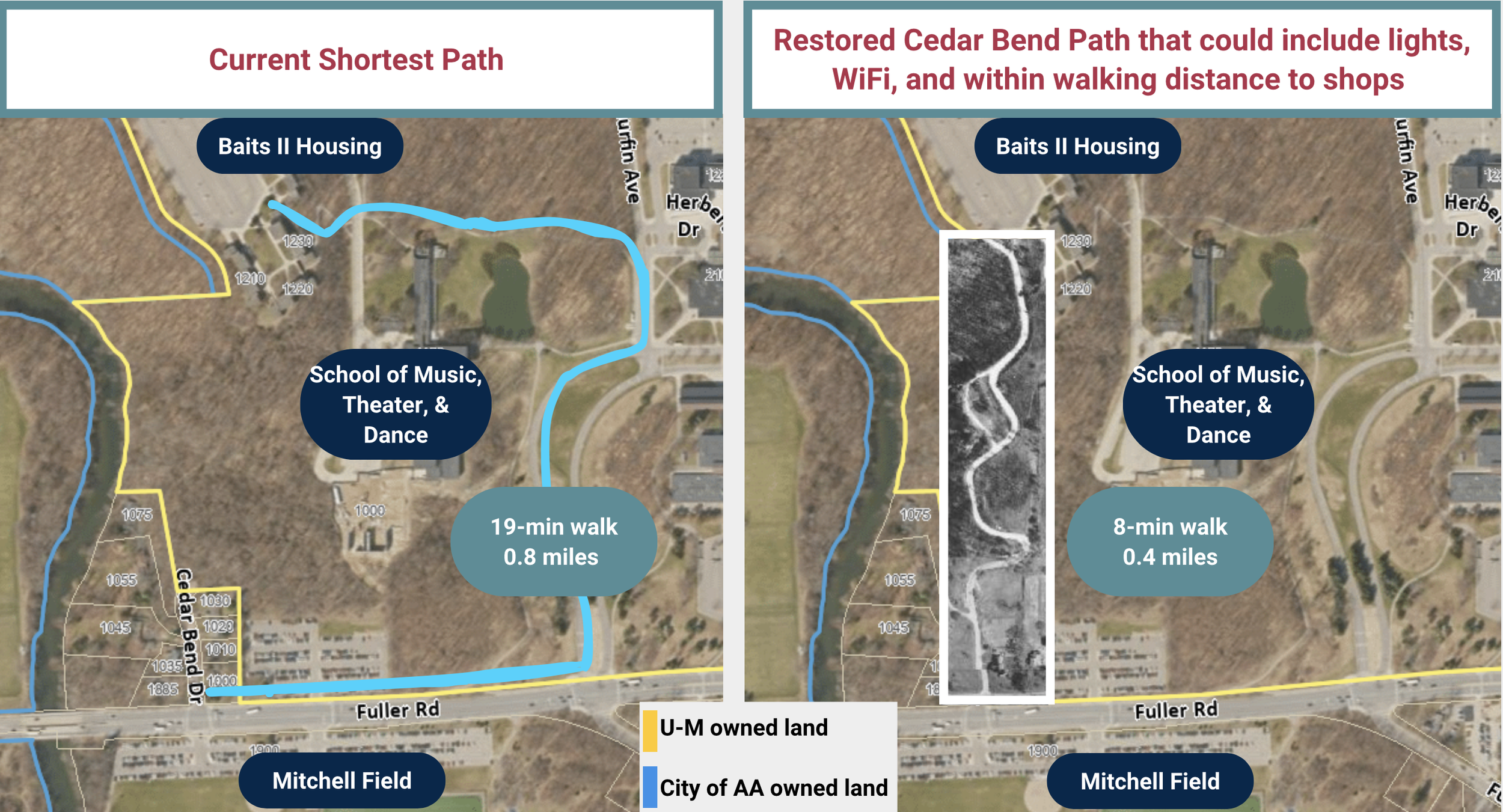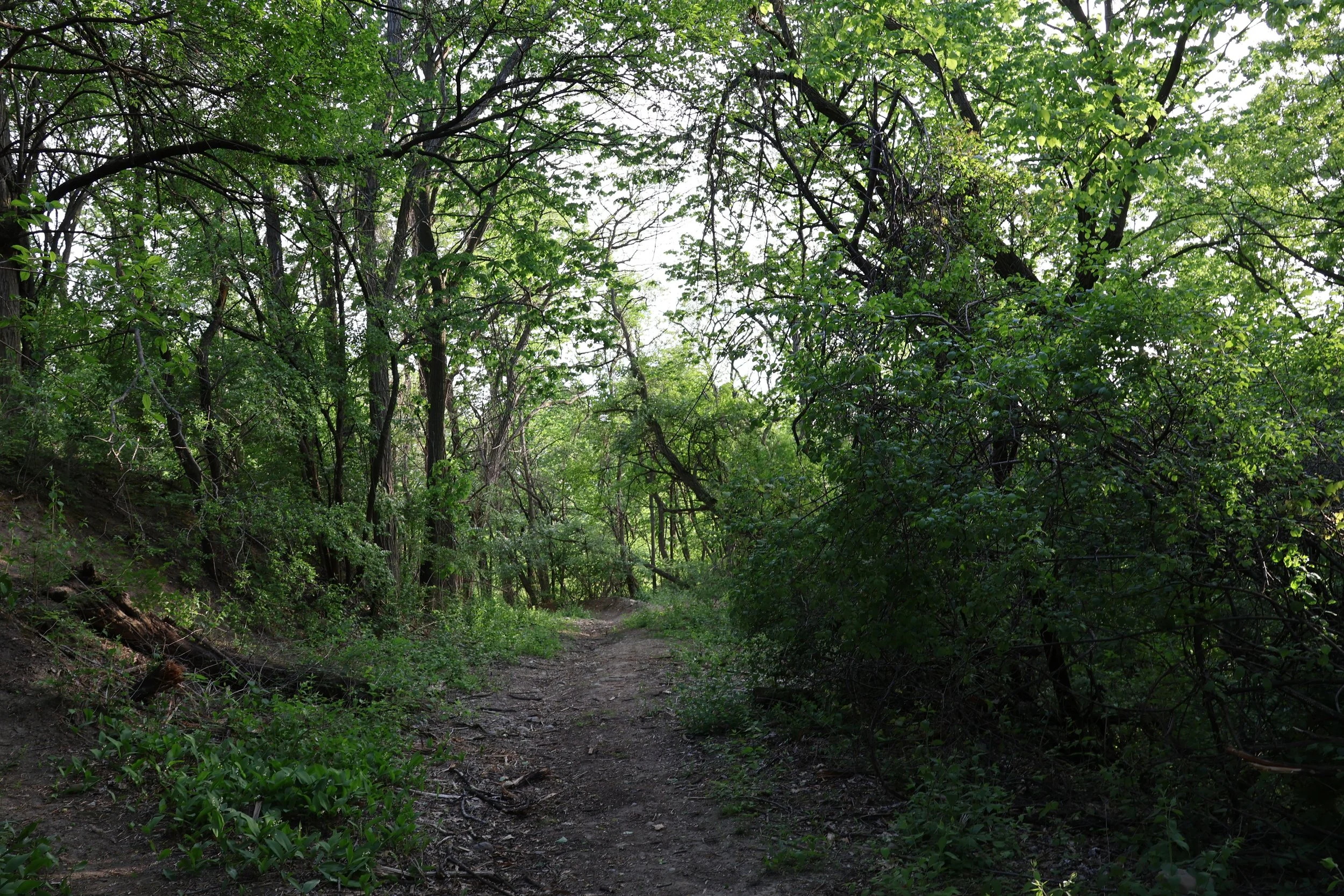
Reimagining the Huron River Corridor
Cities around the world utilize their rivers to enhance lives through experiences, walkability, and nature. Currently, the Huron River separates rather than serving as a connector and destination for Ann Arbor residents.
Reimagining the River is a Three Step Process
-
The riverfront is full of natural beauty, but significant parklands are overgrown, underutilized, and difficult to access.
Transform the riverfront by removing invasives, restoring viewscapes, and creating walkable, vibrant public spaces to enjoy the natural features of the river.
-
Eight new pedestrian crossings, a mix between bridges and underpasses, will improve connectivity between the campuses and downtown, as well as access to the river.
-
Repurpose surface parking lots along Fuller Road into mixed-use development of housing, retail, dining, entertainment, and more.
Riverfront Inspirations
Vancouver, BC
Cambridge, MA
Cincinnati, OH
Spokane, WA
Restoring the Oxbows
Realizing the potential of the Huron River Corridor begins with restoring the natural beauty of the five rive oxbows. The river and accompanying parkland ought to be a destination for all Ann Arborites to enjoy, yet significant amounts of the riverfront are underutilized and overgrown with invasive species such as honeysuckle and buckthorn. Expanding the Lowertown Conservancy will allow for important maintenance and restoration of natural resources along the Huron River.
One solution to removing invasives is prescribed (or controlled) burning. This process involves scheduled fires to remove dead leaves, brush, and invasive plants. The result is an improved habitat for native animals, recycled nutrients back into the soil, and renewed growth of trees, wildflowers, and other plants. Before settlers arrived in Ann Arbor, native populations regularly burned away dead brush, allowing native plants and animals to thrive.
Prescribed burns are conducted by trained staff and do not pose any harm to people or animals. The emissions from a burn are less than mowing a same-sized site. In fact, research suggests carbon emissions following a burn decrease between 18 to 25 percent on average and up to 60 percent due to increased growth and vegetation
The cascades at Argo Park are one of many popular destinations in the summer months along the river.
Photos of a controlled burn in front of the Leslie Science & Nature Center
Day of burn
5 weeks after burn
10 weeks after burn
Photos via City of Ann Arbor
Improve Connectivity
Currently, the Huron River divides North and Medical Campuses from Central Campus and downtown Ann Arbor due to a lack of crossings. Students living on North Campus do not have quick and direct access to the busiest part of Ann Arbor without taking the bus or driving. Michigan Medicine workers face challenges simply walking to work from parking lots along Fuller Road.
Hospital workers illegally cross the railroad tracks to lessen their walk to and from parking lots on Fuller Road. This is dangerous, especially at night. It is undignified to make these essential workers walk through an unkempt, man made trail and illegally cross railroad tracks simply to get to their jobs.
A series of new bridges, crossing under the Amtrak tracks from Mitchell Field and across to the hospital, would improve safety and offer a more direct walking or biking route from North Campus to the Medical and Central Campuses and downtown for everyone.
Bridge at Medical Campus
Hospital Worker Crossing
Hospital Worker Crossing
The Solution: Eight New Pedestrian Crossing to Connect Everyone to Everywhere
Investing $1 million per bridge or underpass ($8 million total) will encourage people to walk, bike or scooter more between North/Medical Campuses and the heart of Ann Arbor, thereby reducing the need for motorized transit, including buses. Hospital workers will have a safe walk to work while students and Ann Arbor residents alike will be able to more easily enjoy the natural offerings around the river. The cost would be paid for with a Corridor Improvement Zone Tax Increment Financing plan using the new property taxes generated.
New pedestrian bridge over the river
New underpass beneath Amtrak
Step One: Restore the Cedar Bend Path to Connect North Campus to Fuller Road
Currently, the established walking route from North Campus to Mitchell Field and beyond is indirect. Re-establishing the historic Cedar Bend path offers a quicker route from Baits II Housing to the hustle and bustle of the heart of Ann Arbor while offering beautiful views of the surrounding forest and the Huron River down below.
Officially restoring this pathway saves walkers over 10 minutes to get from North Campus to Fuller Road. Cedar Bend as a major pathway should connect to other paths north of the river, allowing quicker foot access to parks on the Northwest side of Fuller, as well as the train station, and downtown.
Placemaking along Fuller Road
Once the natural features of the river are restored and connectivity is improved, the Huron River Corridor along Fuller Road will become the ideal location for new experiences in Ann Arbor. Improved walkability and transit options will reduce the need for motorized vehicles. Instead, four existing city and university-owned surface parking lots can be repurposed and transformed into a vibrant, mixed-use neighborhood with exciting recreation, retail, dining, and culture.
The four sites circled on the aerial map, two city-owned and two university-owned, offer the potential for over 100,000 square footage of new retail, 10,000 new people living in for lease and for sale housing within walking distance to work, and a decreased reliance on cars with better connectivity and transit options to surrounding neighborhoods.
Together, these four sites create a 15-minute neighborhood with income-diverse housing above retail options walkable to North and Medical Campuses from what is currently an auto-dependent dead zone. Imagine a mini downtown within walking distance of beautiful riverside parks and trails. Cities worldwide utilize their rivers to enhance lives through experiences, walkability, and nature. Why should Ann Arbor be any different?
Potential 10-year Economic Value of Fuller Road Enhancements:
$1.9 Billion
| Space & Purpose | Square Footage | Cost per Square Foot | Total Cost (land excluded) |
|---|---|---|---|
| Fuller Road housing | 4,500,000 | $350 | $1.6 billion |
| Retail, dining, entertainment | 400,000 | $300 | $120 million |
| Offices, laboratories, daycare, etc | 400,000 | $500 | $160 million |



















